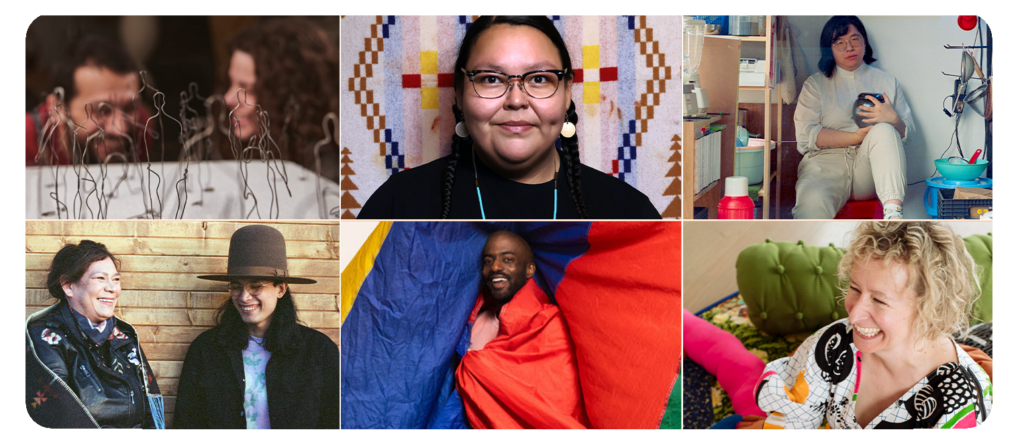The Project
Throughout 2024, a cohort of eight artists have been exploring the intersection of public art and social change as part of Calgary Arts Development’s first artist residency program. This opportunity was announced at the Living a Creative Life Congress in November 2023, and following the application and assessment process, the selected artists were invited to highlight the transformative power of public art.
During this residency, participants experimented with innovative mediums, conducted in-depth research, engaged in collaborative projects and participated in meaningful community engagement. The selected artists have received support from a group of international mentors who are at the forefront of public art and social change. The mentors have provided critical feedback, insight, and international context that has supported the artists’ practices, and community connections. The Art for Social Change Public Art Residency concludes with a panel discussion at the Living a Creative Life Congress in December 2024. Artists will share the experiences, insights and learnings they gained throughout the residency.
This residency was open to professional artists residing in Calgary/Mohkinsstis and surrounding communities who demonstrated a strong connection to the region. Individual artists, collectives, and teams whose primary artistic discipline is public art were encouraged to apply. Each participating artist or artist team received a stipend of $25,000 for their involvement in the program. The residency began in April 2024 and will continue through December 2024.
Learn more about the artists and mentors below.
ARTISTS + COLLECTIVES
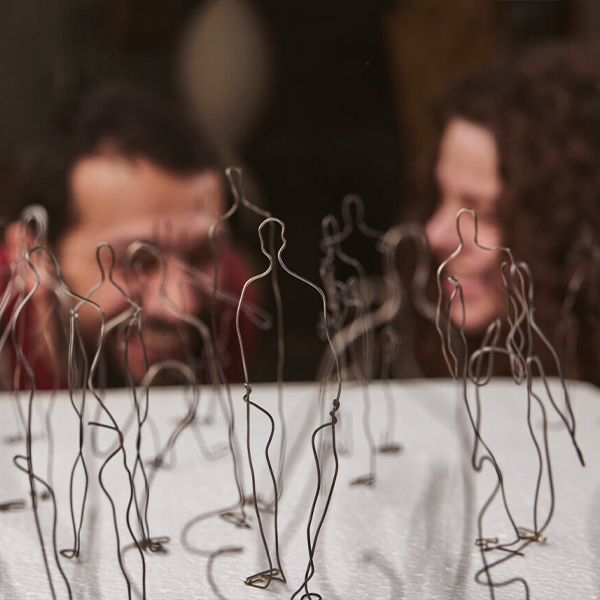
Photo: RyanHK/RadCreative
From 2007 to 2010, Incipio Modo operated out of a vintage Japanese trolley adapted into a fully functioning sculpture studio and parked in a plaza in Mexico City. Working in this public sphere shaped their understanding of public space and place making and led to a desire to explore space both physically and conceptually.
This Calgary based professional practice has two key areas of focus: independent studio work and the creation and development of site-specific art installations for residential, institutional and public spaces, in the built and natural environment. The artists collaborate out of an eclectic multidisciplinary laboratory equipped for conceptual experiments employing a vast array of materials and techniques.
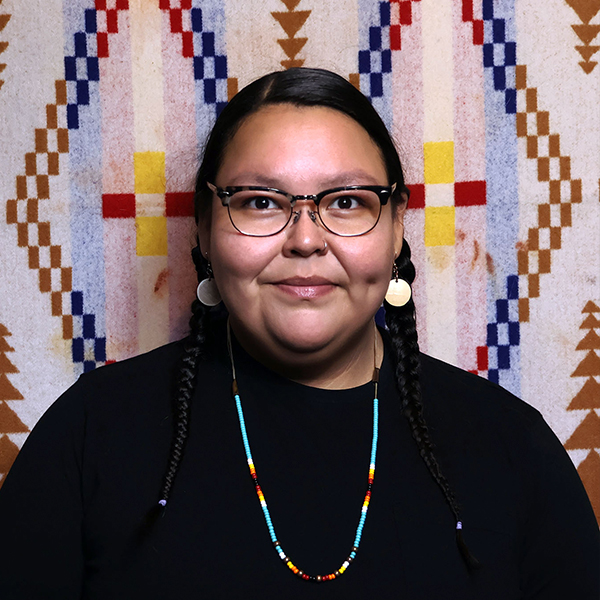
Blackfoot artist Sikapinakii Low Horn is a member of the Siksika First Nation, which is part of the Blackfoot Confederacy in Southern Alberta. Low Horn utilizes a variety of mediums to tell the stories of their people, aiming to educate others about the history and culture of the Blackfoot. Currently, Low Horn is focusing their practice on the history of Blackfoot Cowboys and the Dog Days.
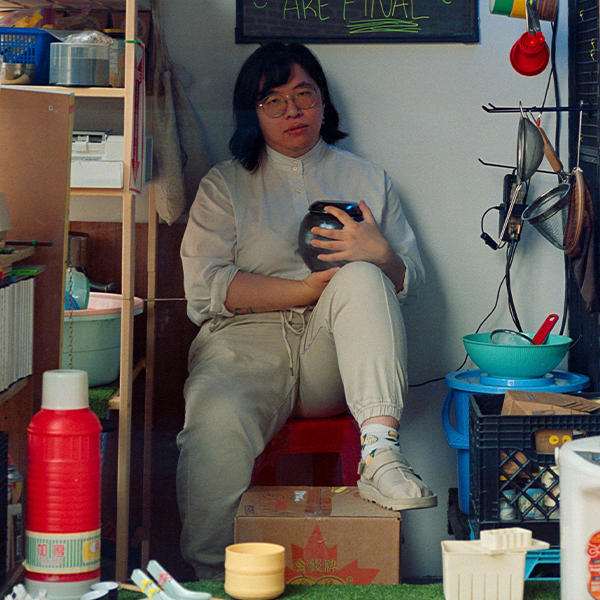
Photo: Danny Luong
Born and based in Calgary, Teresa Tam’s practice utilizes spaces and experiences that are familiar and then alters them into something slightly foreign by re-interpreting and re-creating. She specializes in digital platforms, functional installations, paper art, and body-based exchanges and objects.
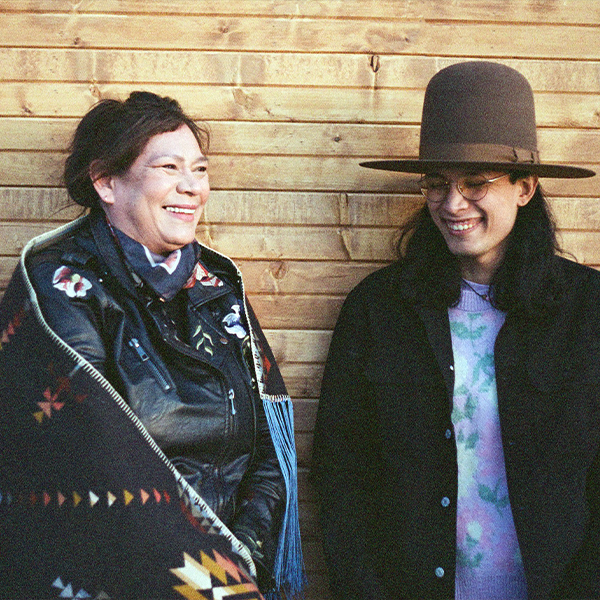
Photo: Cateri Dodginghorse
tīná gúyáńí (deer road) is an artist collective from guts’ists’i/Mohkinstsis (Calgary), consisting of parent/child duo Glenna Cardinal (Tsuut’ina/Saddle Lake Cree) and seth cardinal dodginghorse (Tsuut’ina/Amskapi Piikani/Saddle Lake Cree). Their multidisciplinary practice honours their ancestral connection to land.
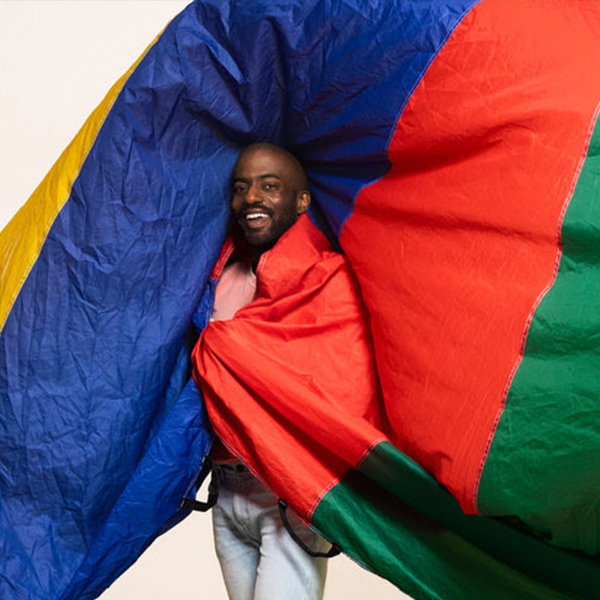
Photo: Chao Zhang
Tyson, also known as Coach T, is a community-based artist and facilitator who has practiced the art of hosting, playing, and imagination work as the Founder of Recess Calgary for the past five years. Tyson’s personal slogan is to promote justice, teach others, and befriend the lonely, matching his values with his work.
With the CADA residency, Tyson is exploring the question, “Whose imagination are we living in?” Through a series of pla(y)cemaking events, Tyson convenes and supports participants in expressing themselves by delightfully disrupting public space through various artistic mediums. The Imaginarium runs from June 1 to September 30.
For more information, visit recesscalgary.ca or follow on Instagram @recesscalgary.
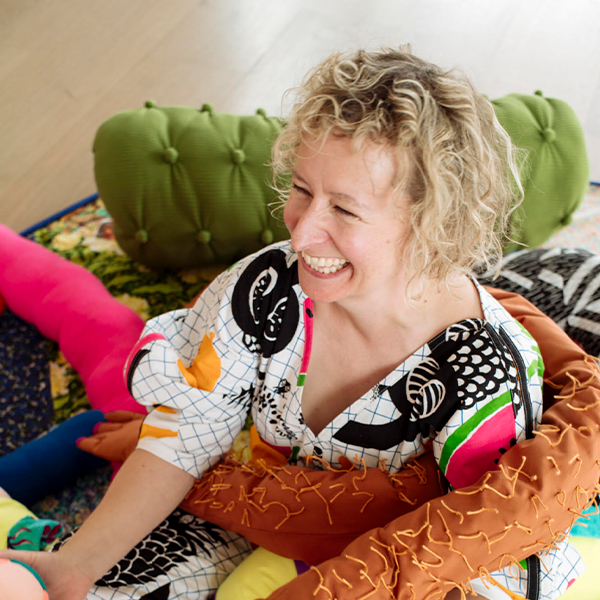
Photo: Elyse Bouvier
Employing textiles, sculpture, video, print, and ceramics, Yvonne Mullock’s multidisciplinary work reimagines a world where functionality is pliable, and materials are considered with renewed potential. At times uncanny or comedic, her artistic practice challenges traditions of making, utilizing unconventional tools and materials to create works that engage viewers through time-based performances and sculptural installations.
Yvonne has been awarded grants from the Alberta Foundation for the Arts, Canada Council for the Arts, and Calgary Arts Development. Her work is included in the permanent collections of the Alberta Foundation for the Arts, The Esplanade Arts and Heritage Centre, and the Glenbow Museum, Calgary. She is currently based in Mohkinsstis/Calgary, Alberta, Treaty 7 Territory.
MENTORS
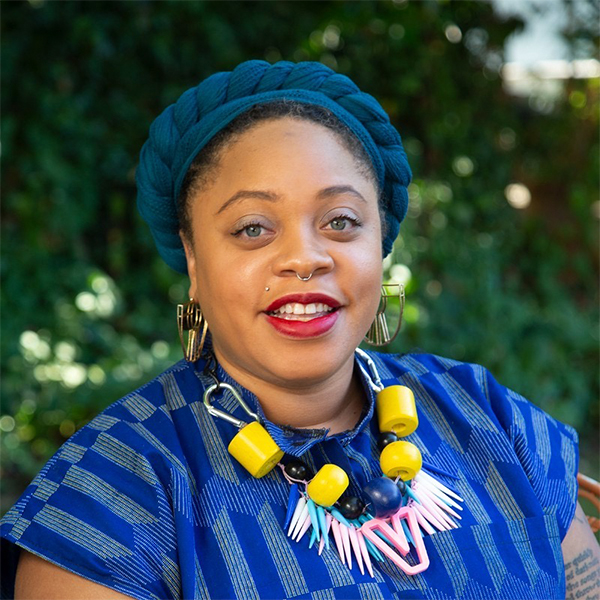
Elisheba Johnson is a curator, public artist, administrator, and disruptor. Johnson, who holds a BFA from Cornish College of the Arts, was the owner of Faire Gallery Café, a multi-use art space that hosted art exhibitions, music shows, poetry readings, and creative gatherings. After closing Faire, she worked at the Seattle Office of Arts & Culture on capacity building initiatives and racial equity in public art. Johnson currently co-manages Wa Na Wari, a Black art center in Seattle’s Central Area that uses the arts to build community and resist displacement.
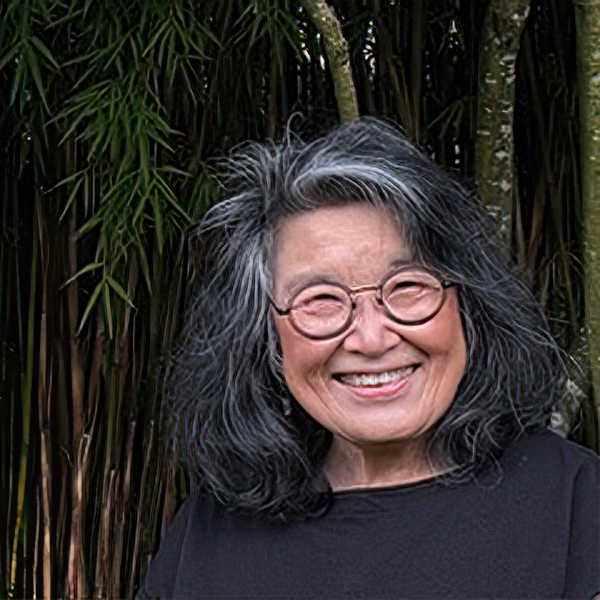
For over 30 years, Marcia Iwasaki has worked with public artists at various stages of their careers. She served as a Project Manager for the Seattle Office of Arts & Culture for 29 years, retiring in 2020. Since then, she has consulted regionally, in Ottawa and Calgary. Iwasaki has overseen over 100 public art projects integrated into parks, community centers, fire stations, and city departments. She and Elisheba Johnson also developed training to increase diversity in public art.
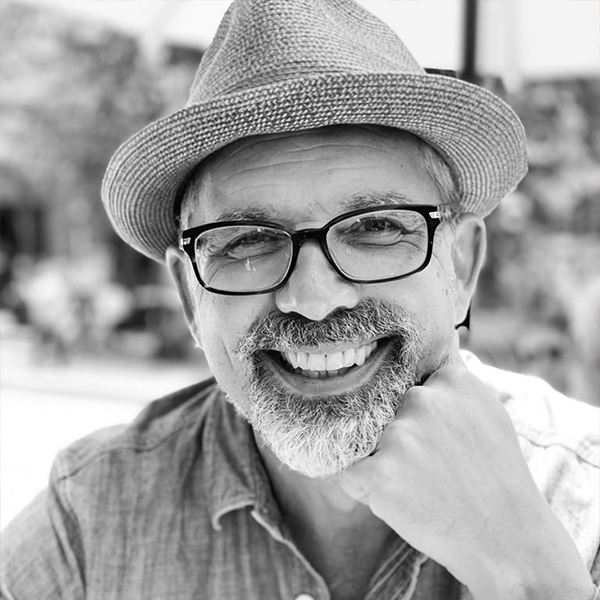
Photo: Steve Unam
Stephen Duncombe is Professor of Media and Culture at New York University and the author and editor of nine books on the intersection of culture and politics, including his latest, Æffect: The Affect and Effect of Artistic Activism. A lifelong activist, Duncombe co-founded the Center for Artistic Activism, where he serves as Research Director, helping activists create more like artists and artists strategize more like activists.
